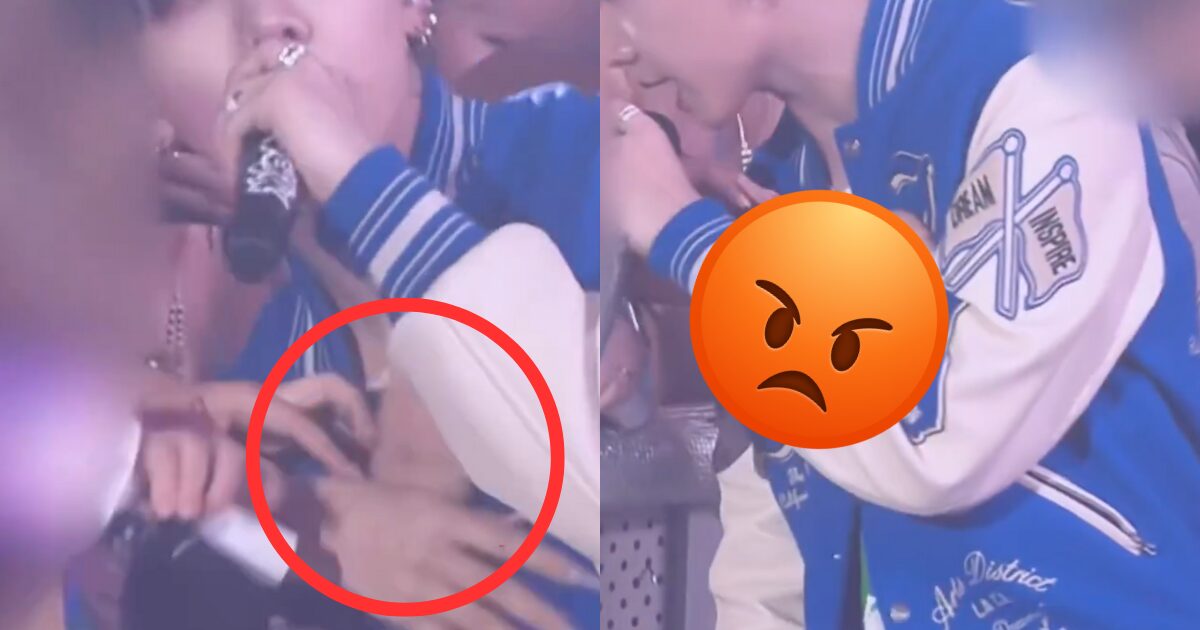During a recent press conference in Seoul, Japanese actor Sato Takeru discussed his experiences with the Korean adaptation of ‘Marry My Husband.’ He expressed excitement about connecting with Korean culture through this project and collaborating with director Ahn Gil-ho. Sato’s admiration for Ahn’s work highlights the importance of cultural exchange in entertainment adaptations.
In ‘Marry My Husband,’ Sato portrays Suzuki Wataru, a character pivotal to the theme of revenge. His passion for Korean dramas shines through as he discusses his admiration for the genre. Working with Ahn Gil-ho provided him with valuable learning experiences on set, enhancing his craft.
Having watched the original Korean version, Sato engaged in discussions with Ahn to adapt its strengths into the Japanese version. This adaptation aims to create a unique drama based on the original web novel’s storyline. It resonates with the source material while appealing to a new audience.
Fans eagerly await the premiere of the Japanese adaptation on Amazon Prime Video. Set to debut on the 27th, the adaptation explores themes of revenge and catharsis after a tragic incident. Sato Takeru’s dedication to the project and collaboration with Ahn Gil-ho promise an engaging viewing experience for audiences on both sides of the sea.
Key Insights from Sato Takeru:
- Cultural Exchange: Emphasizing the significance of cultural exchange in entertainment adaptations.
- Character Development: Sharing insights on Suzuki Wataru’s evolution throughout the series.
- Audience Expectations: Discussing the anticipation surrounding the adaptation and its reception.
In conclusion, Sato Takeru’s involvement in ‘Marry My Husband’ showcases his commitment to the project. His insights and experiences promise an enriching viewing experience for fans of the genre.
This article has been written by Kpopmap AI writer and while we have made efforts to ensure the accuracy of the article, there may be errors or inaccuracies.
 1 month ago
17
1 month ago
17



















 English (US) ·
English (US) ·